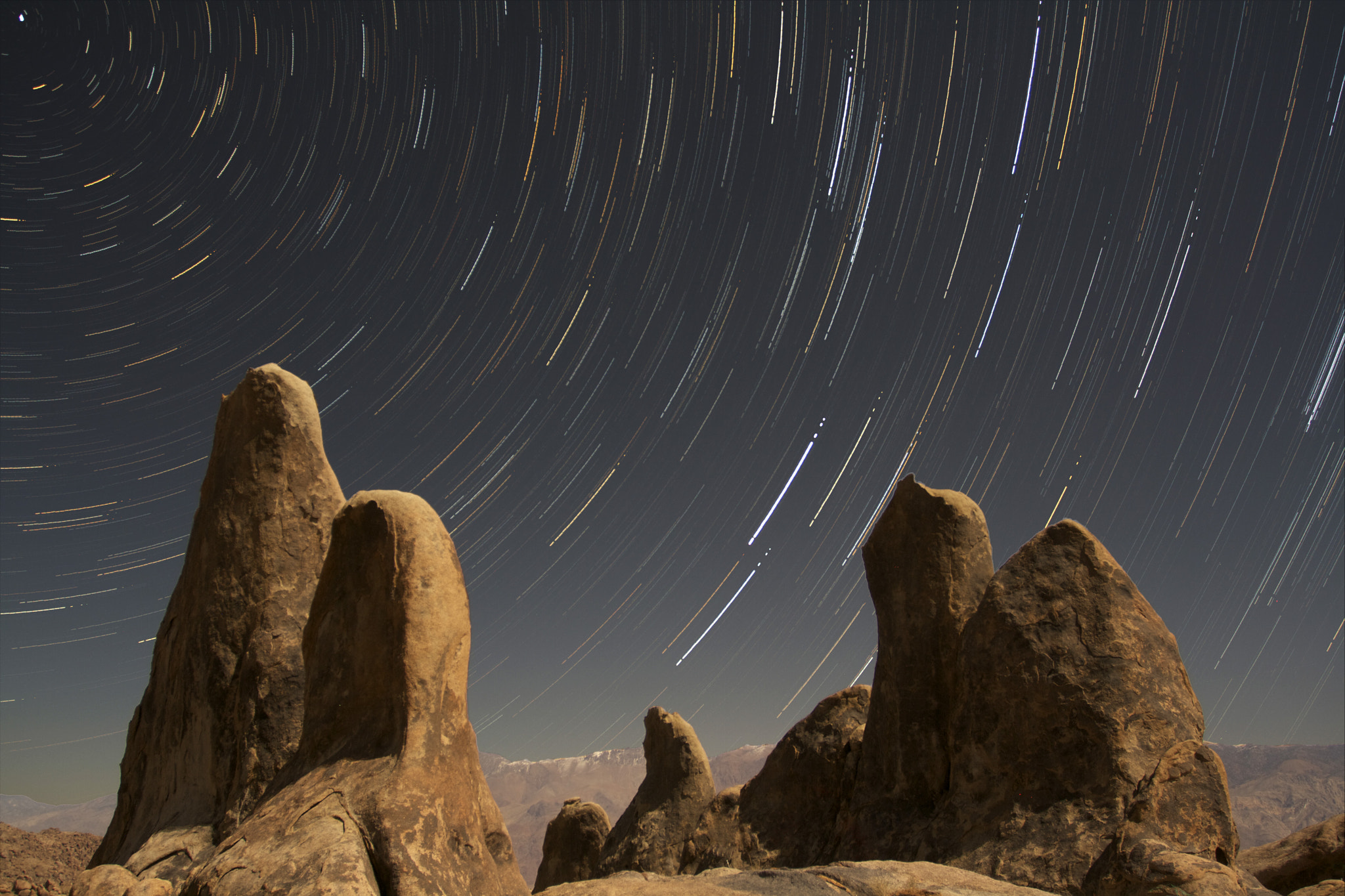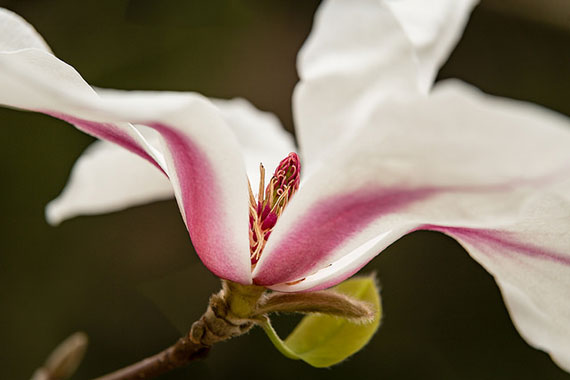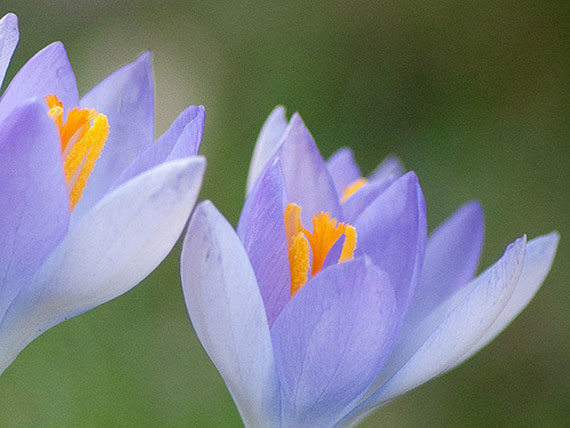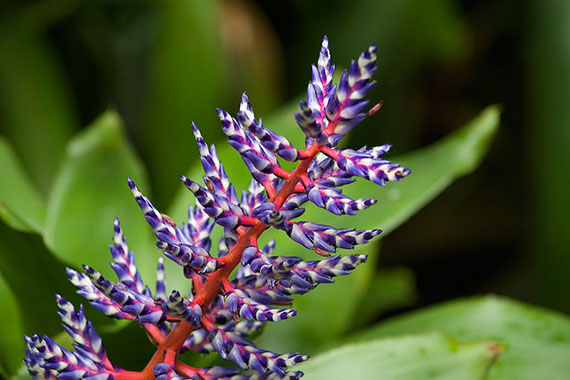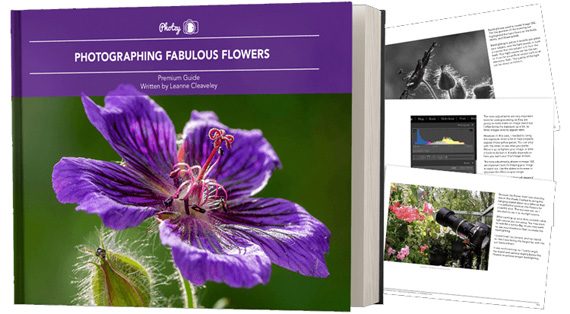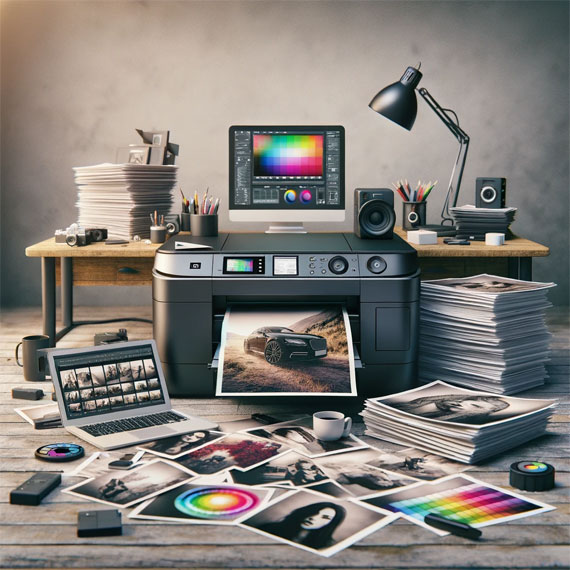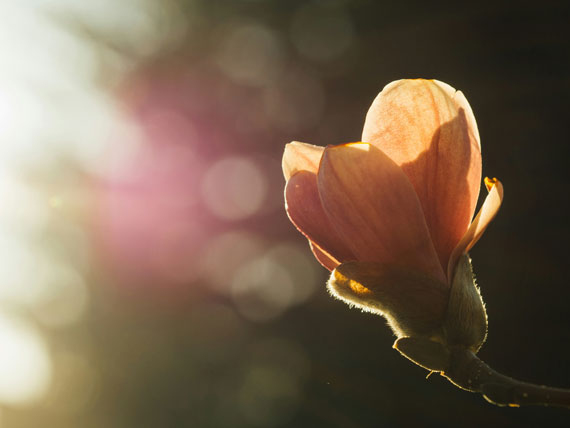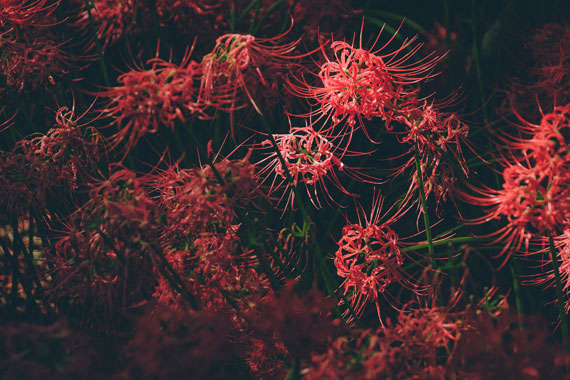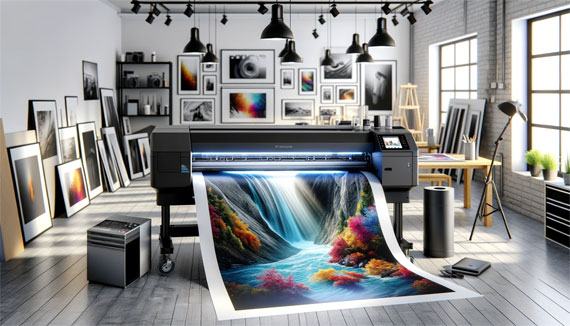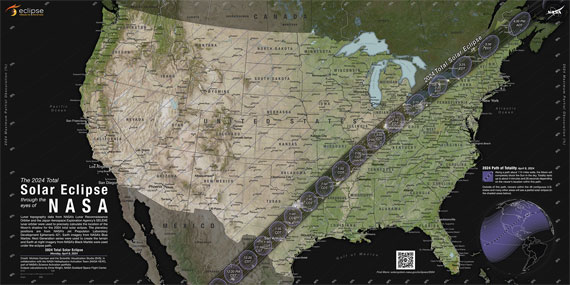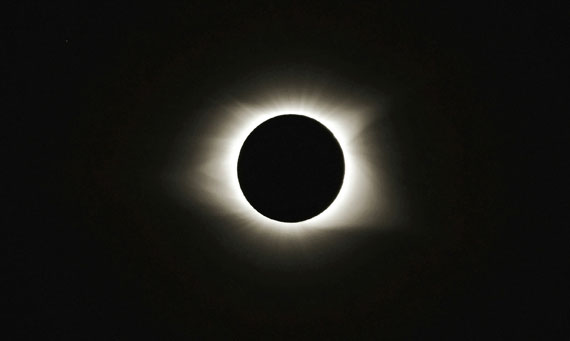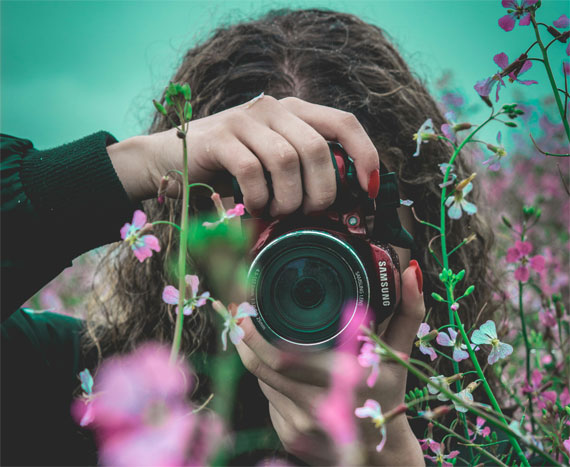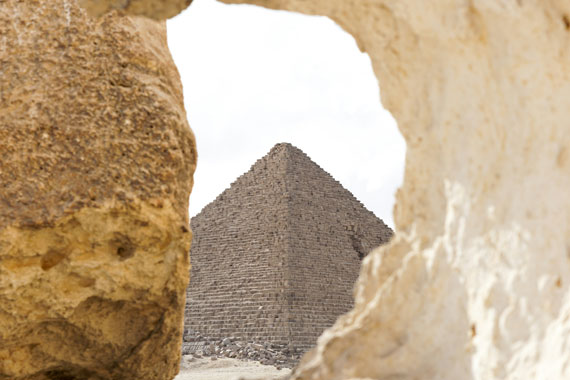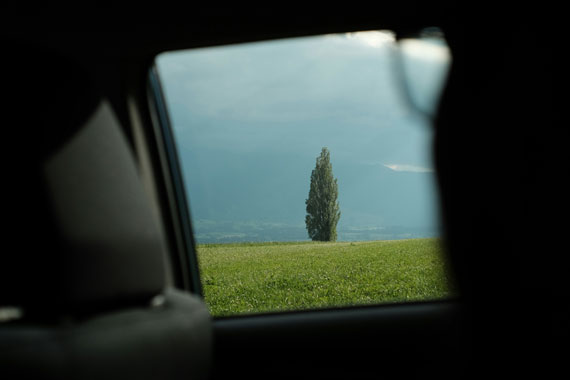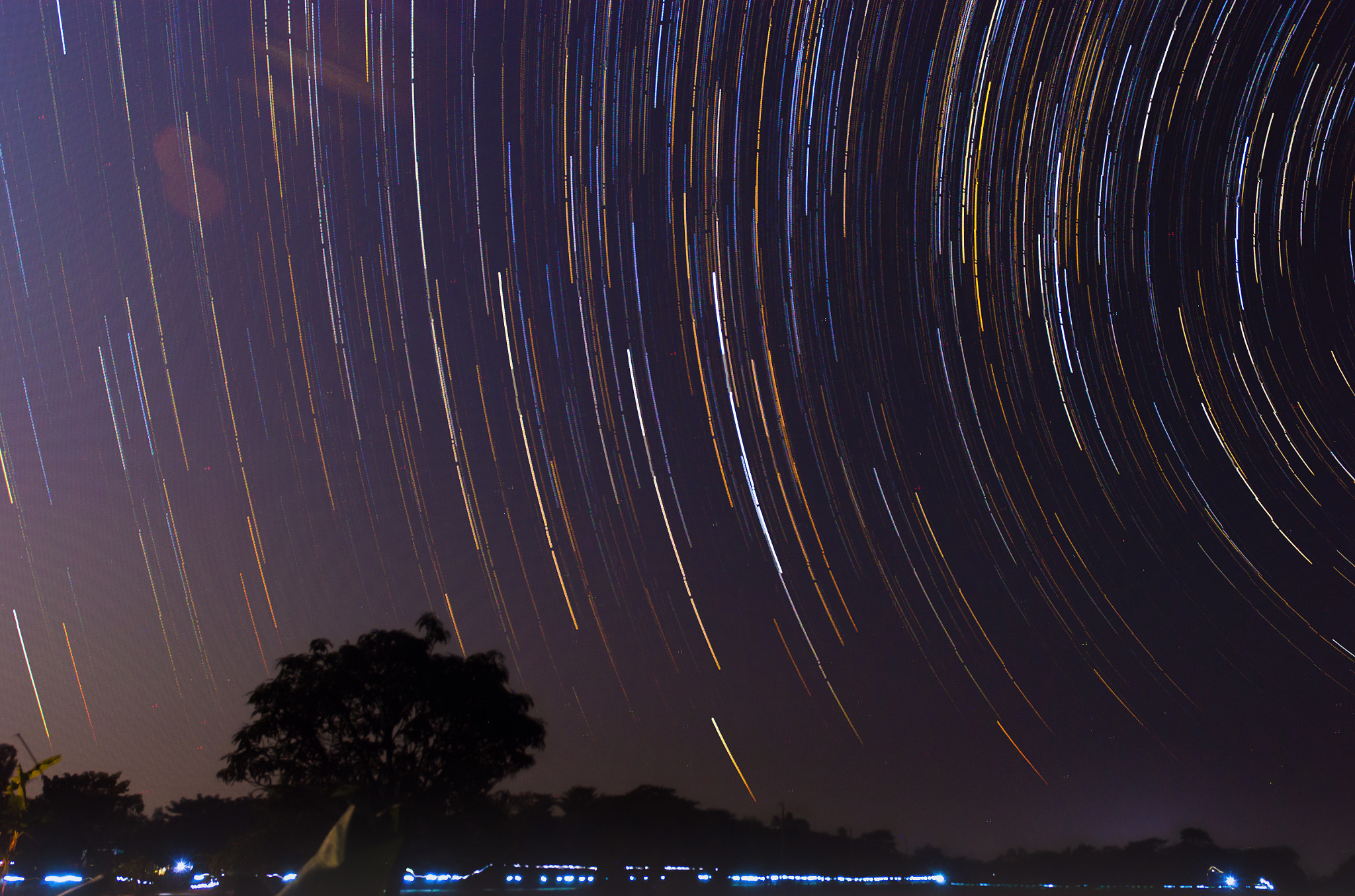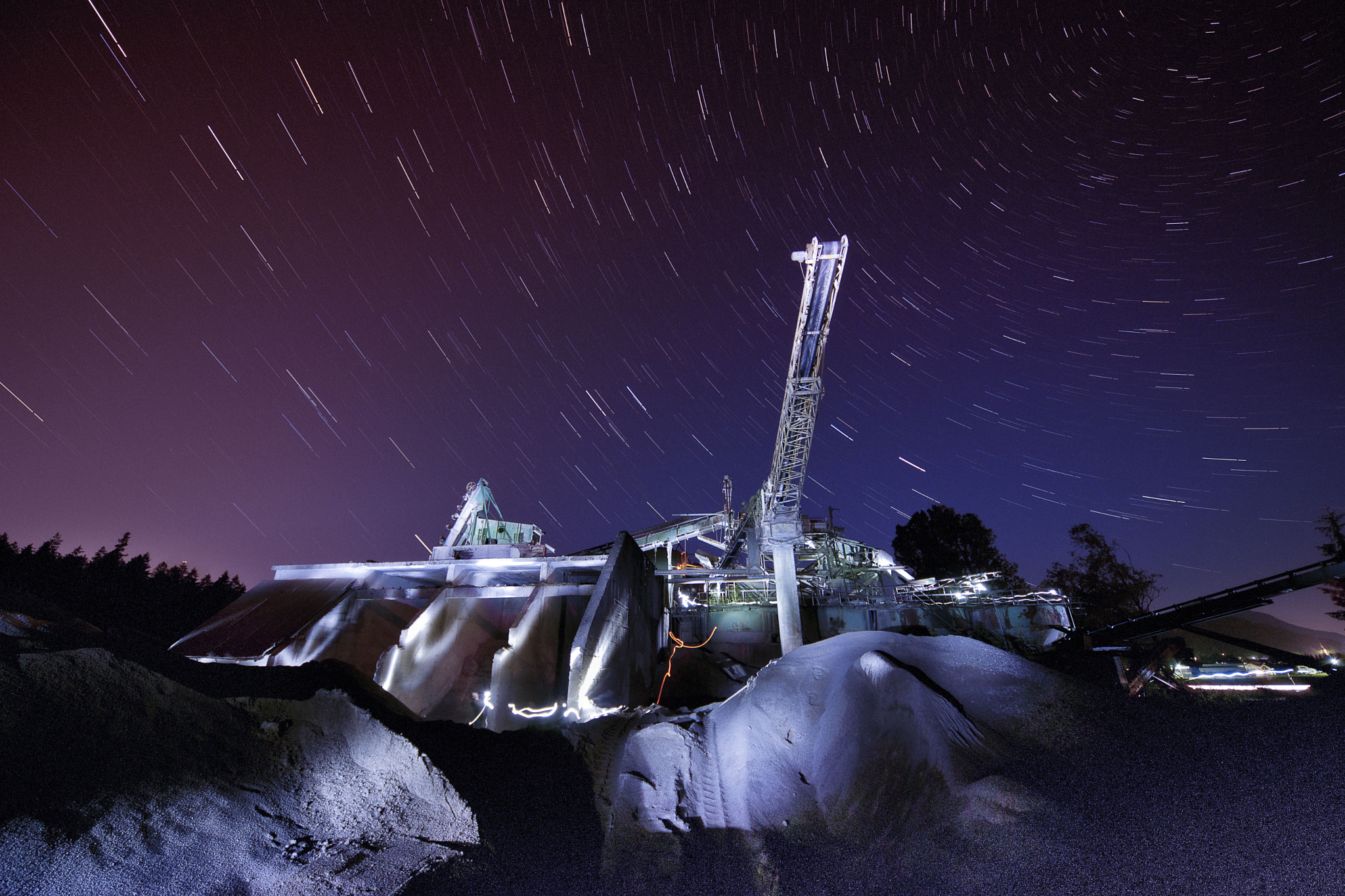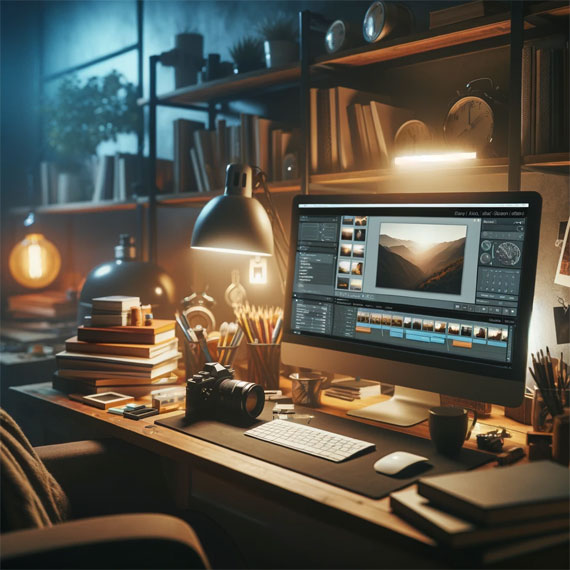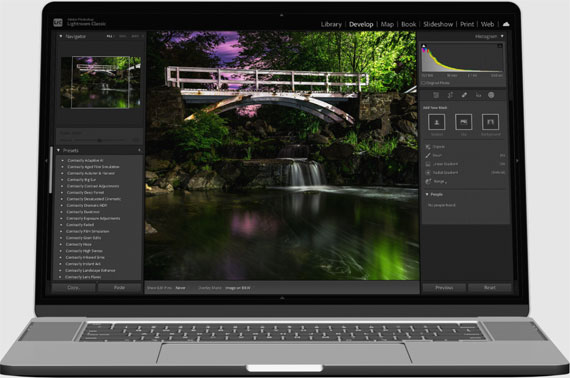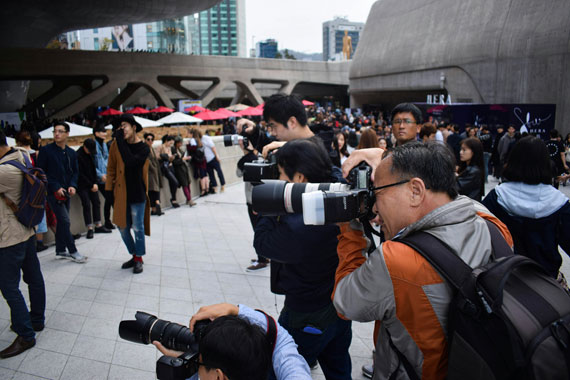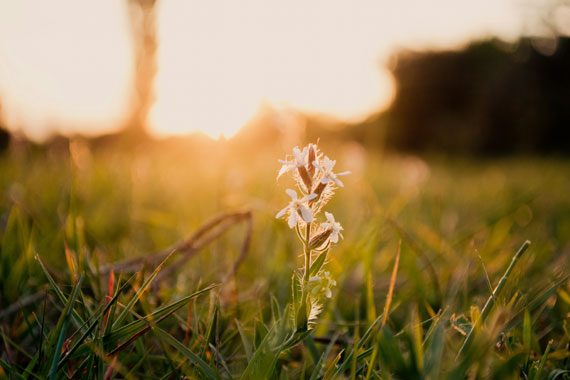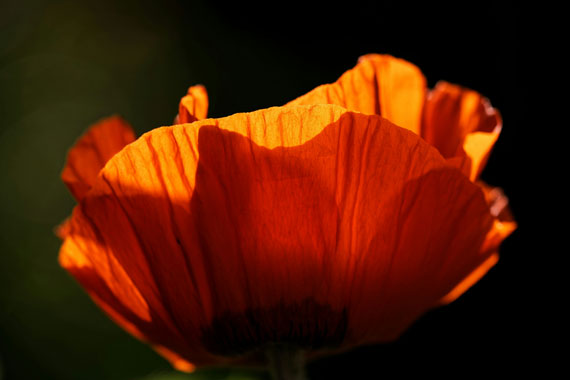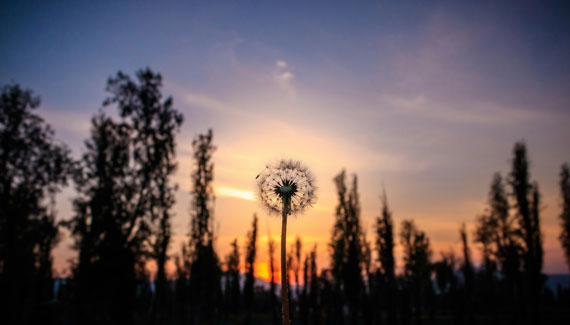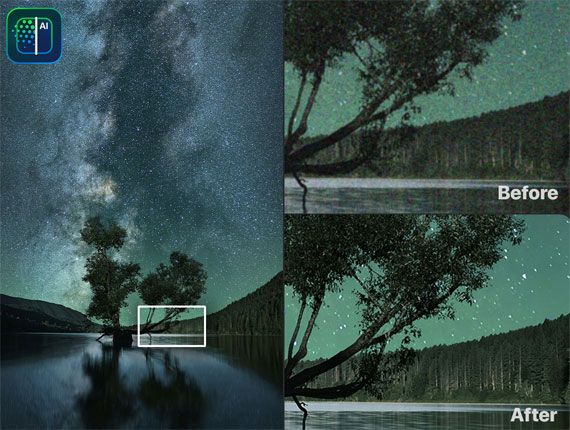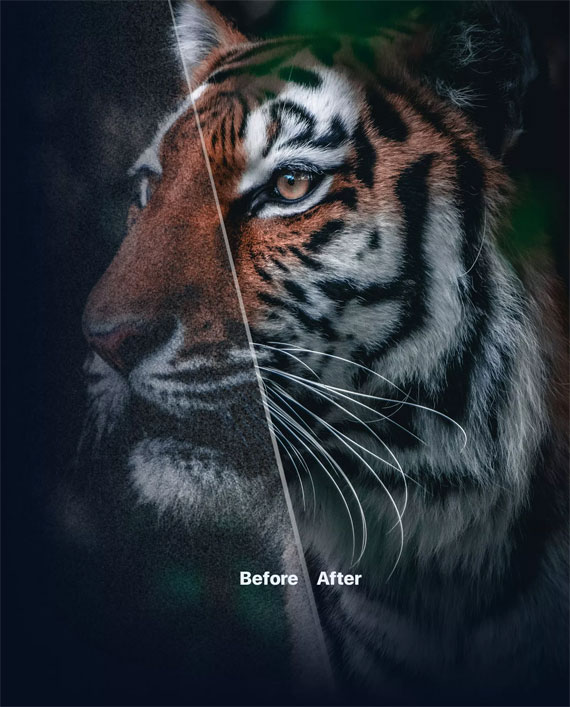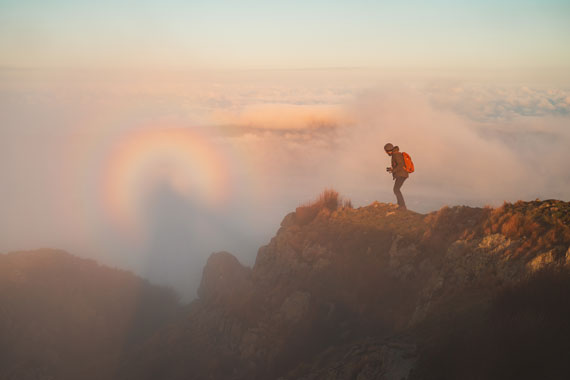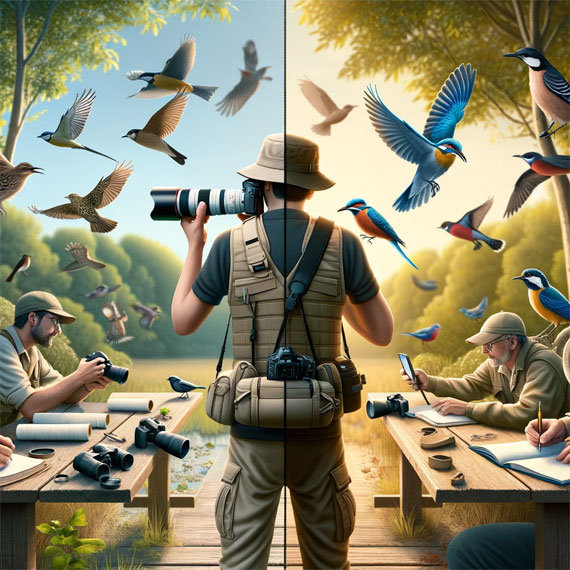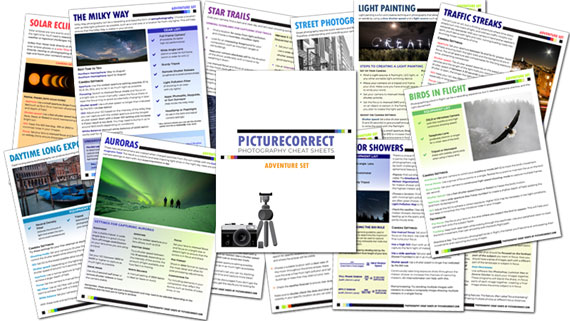I know many people who mention that they would like to get involved in street photography, but they can’t get over the initial hump, because they are too afraid to capture strangers candidly in the street.
This is a shame, because it is a wonderful and creative form of photography that everyone should try. If you are one of those people, here are eight tips to help you become more comfortable getting involved with street photography.
1. Ethics
I am not going to go into a long analysis about whether street photography is ethical. Both sides of the issue have valid arguments, and I understand the points of the many people who are against it. Some countries do not even allow it in public spaces.
Use your personal ethics when capturing strangers. If you do not feel comfortable capturing a person, do not capture them. I know photographers who don’t photograph homeless people and photographers who do. Everyone has a different level of ethics.
However, keep this in mind: when you look at images of the past, what are your favorite images? I bet most of you are going to say that they are images with people and culture shown in them. These are my favorite type of image, as well. These images have a place in history and society, and they teach us about ourselves. They are very important to capture, both for the present and for the long term.
Think about street photography with this frame of mind, and you will feel more comfortable.
2. Let People Enter Your Space
It is so tough to walk up to someone, enter their personal space, and take their photo without their permission. A lot of photographers do it, but it’s tough, especially at the beginning. The true key here is to pick a spot and let people enter your space.
Pick a location with foot traffic and wait there with your camera ready. The same amount of moments will occur around you whether you are walking or stationary, but it is easier to see and capture them if you are waiting in place. Most important is that by letting the subject enter your space you will feel much more comfortable capturing them.
3. Smile and Look Confident
I cringe sometimes when I see how sneaky photographers can be. I take sneaky shots and shots without looking through the viewfinder when it is necessary, but I always try to look happy, calm, and comfortable.
If you look like you are doing something wrong, people will pick up on that and feel uncomfortable. If you look like you are confident in what you’re doing, people are more likely to ignore you.
If I’m in a situation where I want to put the camera to my eye and take a candid shot and I know the person will notice, I make sure to smile after. Sometimes I’ll comment on how interesting the subject looks. A majority of the time, however, they will not notice or will just keep walking.
4. Disarm Them with Enthusiasm and Kindness
It’s so rare that I have ever had a bad situation from taking a candid photo of a stranger. Sometimes people will come up to me and ask me if I took their photo and why. I tell them that I am a photographer doing a project on interesting New Yorkers; I thought they looked amazing and had to capture them. I will often shake their hand, look them in eye, and ask what their name is.
If you are complimentary and enthusiastic, they will most likely feel flattered. I’ve made a lot of people’s days by telling them this. Of course, occasionally someone will ask you to delete the photo, but after you sound so enthusiastic, they will do so nicely and will thank you when you do. Apologize and move on.
5. Bring Business Cards
For the people who stop you, it can help to have a business card printed up with your email and a link to your photography portfolio, even if you are not a professional photographer. This makes you more legitimate, and it’s a great way to further break the ice. Hand them your card and tell them that you will email the photo if they contact you.
6. Try Street Portraiture
Portraiture on the street is different from candid street photography, but it is a great way to take a step toward getting over your fear. Make a point to ask one or two strangers to take their portrait at the beginning of each photography session. Some people will say no, of course, but don’t let that get to you.
The more people you ask over time, the more comfortable you will become, and this comfort will follow into your traditional candid street photography.
7. Go to the Same Locations Over and Over Again
This is important for so many reasons, but becoming comfortable with the location will make you more comfortable capturing the people there. In addition, the regulars will begin to get to know you and will eventually stop noticing you all together.
8. Look at the Works of Other Street Photographers
This is my favorite tip. Look through the work of famous street photographers for inspiration. There is nothing better for building your confidence than seeing other people do this work well. They were once beginners, too, but they pushed through the problems at the beginning. Spend 20 minutes looking through the work of your favorite photographers before you walk out the door, and you will find that you will become much braver and more enthusiastic on the street.
About the Author:
James Maher is the author of Essentials of Street Photography, which covers everything about the genre even down to specific post processing techniques that can bring the best out of street scenes.
- - - - - - - - - - - - - - - - - - - - - - - - - - - - - - - - - - - - - - - - - - - - - - - - - - - - - - - - - - - - - - - - - - - - - - - - - -
This post 8 Ways to Become More Comfortable with Your Street Photography appeared on PictureCorrect.
from PictureCorrect https://ift.tt/8fgZTjd
via IFTTT






